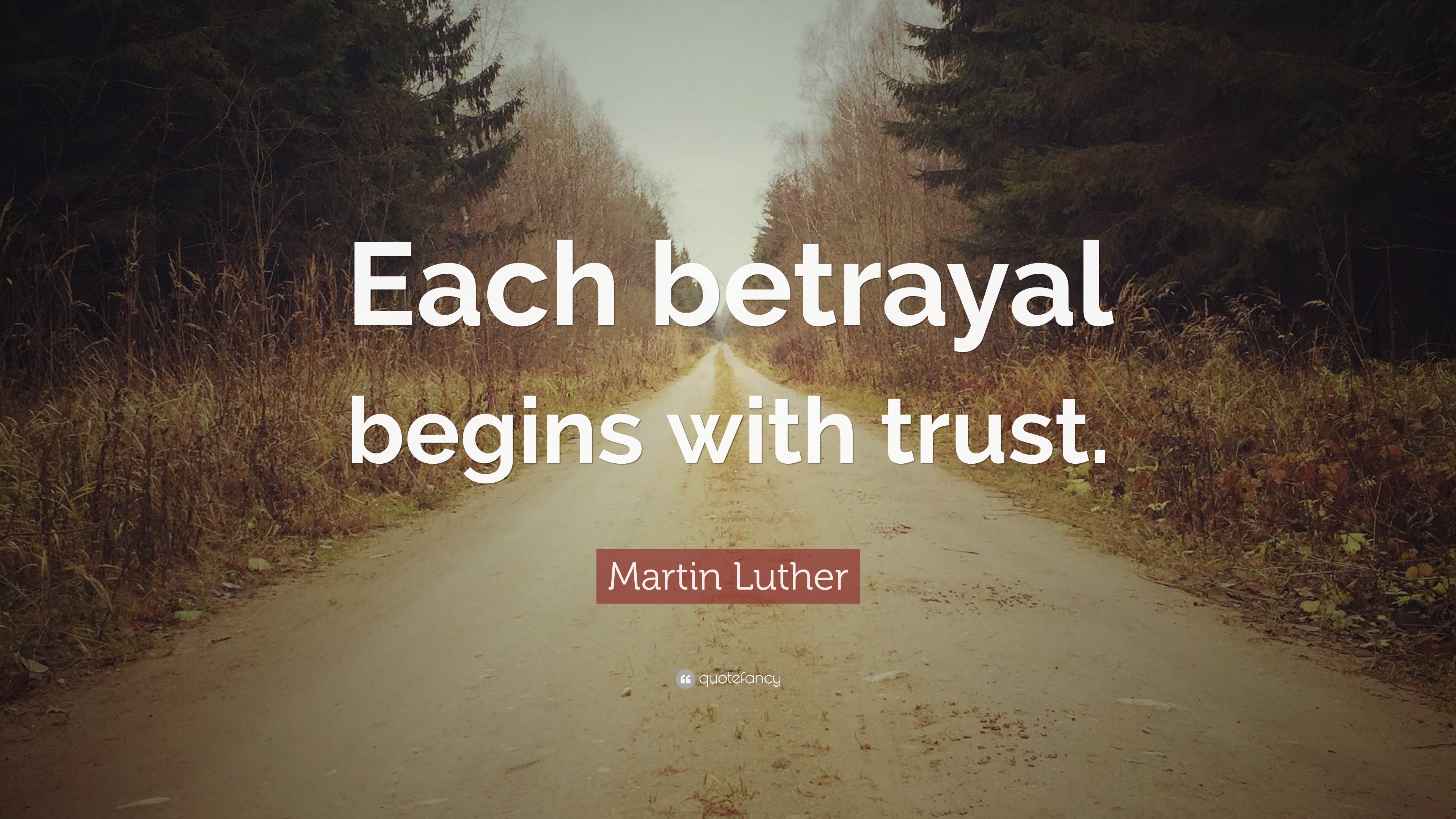House Built On Tears: The Deep Meaning Of Betrayal In Relationships Explained
Ever wondered what it means when someone says a house is built on tears? Well, buckle up because this phrase holds more weight than you might think. It’s not just about tears—it’s about betrayal, trust, pain, and the foundation of relationships. Whether you're dealing with a toxic relationship or trying to understand the emotional weight behind these words, we’re diving deep into the meaning of "house built on tears" and how it relates to betrayal in relationships. This isn’t just a phrase; it’s a powerful metaphor that hits close to home for many.
You’ve probably heard the saying before, maybe in a song, a book, or even a conversation with a friend. But have you ever stopped to think about what it truly represents? A house built on tears isn’t just about crying—it’s about the cracks in the foundation of trust, love, and respect. It’s about the moments when someone you trusted most turns their back on you, leaving you feeling shattered and unsure of where to turn next.
So, why does this phrase matter so much? Because it’s more than just a saying. It’s a reflection of the human experience, the highs and lows of relationships, and the impact of betrayal on our emotional well-being. If you’ve ever been through a betrayal, you know how it feels to live in a house built on tears. It’s not just painful—it’s life-changing. And that’s exactly what we’re going to explore today.
- Beware Ramen Noodle Bacteria In 2024 Risks Amp Safety Tips
- Alert Is Your Ramen Safe Recent Ramen Recalls You Need To Know
What Does "House Built on Tears" Really Mean?
When we talk about a house built on tears, we’re talking about relationships that are fragile, unstable, and rooted in pain. It’s not just about the physical structure of a house—it’s about the emotional and mental foundation that holds relationships together. When trust is broken, the foundation crumbles, leaving behind a house that’s literally built on tears.
Let’s break it down. A house is supposed to represent safety, security, and comfort. But when it’s built on tears, those walls are stained with betrayal, lies, and heartbreak. The metaphor isn’t just poetic—it’s real. Think about it: how can you feel safe in a relationship where trust has been shattered? How can you build a future when the past is filled with pain?
Understanding the Emotional Impact
Betrayal in relationships is like a wrecking ball. It destroys everything in its path, leaving behind a trail of emotional debris. When someone you love betrays you, it’s not just about the act itself—it’s about the ripple effect it has on your life. You start questioning everything: your worth, your judgment, and even your ability to trust others.
- Hugh Beaumont More Than Just Ward Cleaver Explore His Life
- Tracy Nelson The Untold Story Her Amazing Career
Here’s the thing: betrayal doesn’t just affect the person who was hurt. It affects both parties involved. The betrayer carries the weight of guilt, shame, and regret, while the betrayed is left to pick up the pieces. It’s a lose-lose situation, and that’s why understanding the meaning behind "house built on tears" is so important.
How Betrayal Destroys Trust in Relationships
Trust is the cornerstone of any healthy relationship. Without it, relationships crumble faster than a house built on sand—or tears. When someone betrays you, they’re not just breaking a promise—they’re breaking the foundation of your relationship. It’s like watching a building collapse brick by brick, and there’s nothing you can do to stop it.
But here’s the kicker: trust isn’t something you can rebuild overnight. Once it’s broken, it takes time, effort, and a lot of communication to repair. And even then, there’s no guarantee that the relationship will ever be the same. That’s why betrayal is so devastating—it leaves behind scars that never fully heal.
Common Forms of Betrayal
- Cheating: The ultimate betrayal in romantic relationships.
- Lying: Whether big or small, lies erode trust over time.
- Secrets: Keeping important information hidden can feel like a personal attack.
- Backstabbing: When someone you trust turns against you publicly.
Each of these forms of betrayal adds another layer of pain to the "house built on tears." It’s not just about the act itself—it’s about the impact it has on your emotional well-being and your ability to trust others in the future.
Recognizing the Signs of Betrayal
Not all betrayals are as obvious as cheating or lying. Sometimes, the signs are subtle, and they creep up on you slowly. That’s why it’s important to recognize the red flags early on. If you’re in a relationship, pay attention to these warning signs:
- Withdrawing emotionally: When someone starts pulling away without explanation.
- Defensive behavior: Constantly making excuses or avoiding accountability.
- Increased secrecy: Being overly protective of their phone, emails, or social media.
- Changes in behavior: Sudden mood swings or unexplained absences.
These signs might not always mean betrayal, but they’re worth investigating. Trust your gut—if something feels off, it probably is. And if you’re the one being betrayed, don’t be afraid to confront the issue head-on. Ignoring the problem won’t make it go away—it’ll only make the house more unstable.
Healing from Betrayal: Is It Possible?
So, you’ve been betrayed. Now what? Is it possible to heal from such a deep wound? The answer is yes—but it’s not easy. Healing from betrayal requires a lot of self-reflection, patience, and sometimes even professional help. Here are a few steps to get you started:
Step 1: Acknowledge Your Pain
Don’t bottle up your emotions. Allow yourself to feel the pain, anger, and sadness that come with betrayal. It’s okay to cry—it’s part of the healing process. By acknowledging your pain, you’re taking the first step toward recovery.
Step 2: Set Boundaries
Whether you choose to stay in the relationship or move on, setting boundaries is crucial. You need to protect yourself from further hurt, and that means being clear about what you’re willing to tolerate—and what you’re not.
Step 3: Seek Support
You don’t have to go through this alone. Lean on friends, family, or a therapist for support. Talking about your feelings can help you process them and move forward. And remember, it’s okay to ask for help when you need it.
The Role of Forgiveness in Healing
Forgiveness is a powerful tool in the healing process, but it’s not always easy. Some people believe that forgiveness means forgetting, but that’s not true. Forgiveness is about releasing the anger and resentment that hold you back. It’s about letting go of the past so you can focus on the future.
That being said, forgiveness doesn’t mean you have to reconcile with the person who betrayed you. Sometimes, the healthiest choice is to walk away. And that’s okay too. The goal is to heal, not to stay in a toxic situation.
Building a Stronger Foundation
If you’ve been through a betrayal, you might be wondering how to rebuild trust. The truth is, it’s possible—but it takes time. Here are a few tips for building a stronger foundation in your relationships:
Communicate Openly
Talk to each other about your feelings, fears, and expectations. Communication is key to building trust, so don’t be afraid to be vulnerable.
Be Honest
Honesty is the foundation of any healthy relationship. If you’re struggling with something, say it. If you’re feeling hurt, express it. Transparency builds trust, and trust builds stronger relationships.
Practice Patience
Rebuilding trust doesn’t happen overnight. It takes time, effort, and a lot of patience. Be gentle with yourself and your partner as you work through the healing process.
When to Walk Away
Sometimes, no matter how hard you try, the relationship just isn’t worth saving. If the betrayal was severe, or if the other person isn’t willing to put in the work, it might be time to walk away. And that’s okay. You deserve to be in a relationship that’s built on trust, respect, and love—not tears.
Walking away isn’t a sign of weakness—it’s a sign of strength. It takes courage to leave a toxic situation and start fresh. And if you’re ready to move on, don’t look back. Focus on healing and building a life that makes you happy.
Conclusion: Building a House on Solid Ground
In the end, a house built on tears is just that—a house. It might look strong from the outside, but on the inside, it’s crumbling. Betrayal has a way of weakening the foundation of relationships, leaving behind a trail of pain and heartbreak. But it doesn’t have to be that way.
By recognizing the signs of betrayal, healing from the pain, and building a stronger foundation, you can create a relationship that’s built on trust, love, and respect. And if that’s not possible, it’s okay to walk away. You deserve to live in a house that’s built on solid ground—not tears.
So, what’s your next step? Are you ready to confront the betrayal in your life, heal from the pain, and build a stronger future? The choice is yours, and the power is in your hands. Don’t let a house built on tears define your story—write your own ending instead.
Table of Contents
- What Does "House Built on Tears" Really Mean?
- How Betrayal Destroys Trust in Relationships
- Recognizing the Signs of Betrayal
- Healing from Betrayal: Is It Possible?
- The Role of Forgiveness in Healing
- Building a Stronger Foundation
- When to Walk Away
- Conclusion: Building a House on Solid Ground
- Alert Noodles On Recall What You Need To Know Now
- Shawn Ashmore From Xmen Star To Versatile Actor Life Career

10 Forms of Betrayal in Relationships That Can Be Damaging

Betrayal Quotes (40 wallpapers) Quotefancy

Betrayal Quotes (40 wallpapers) Quotefancy